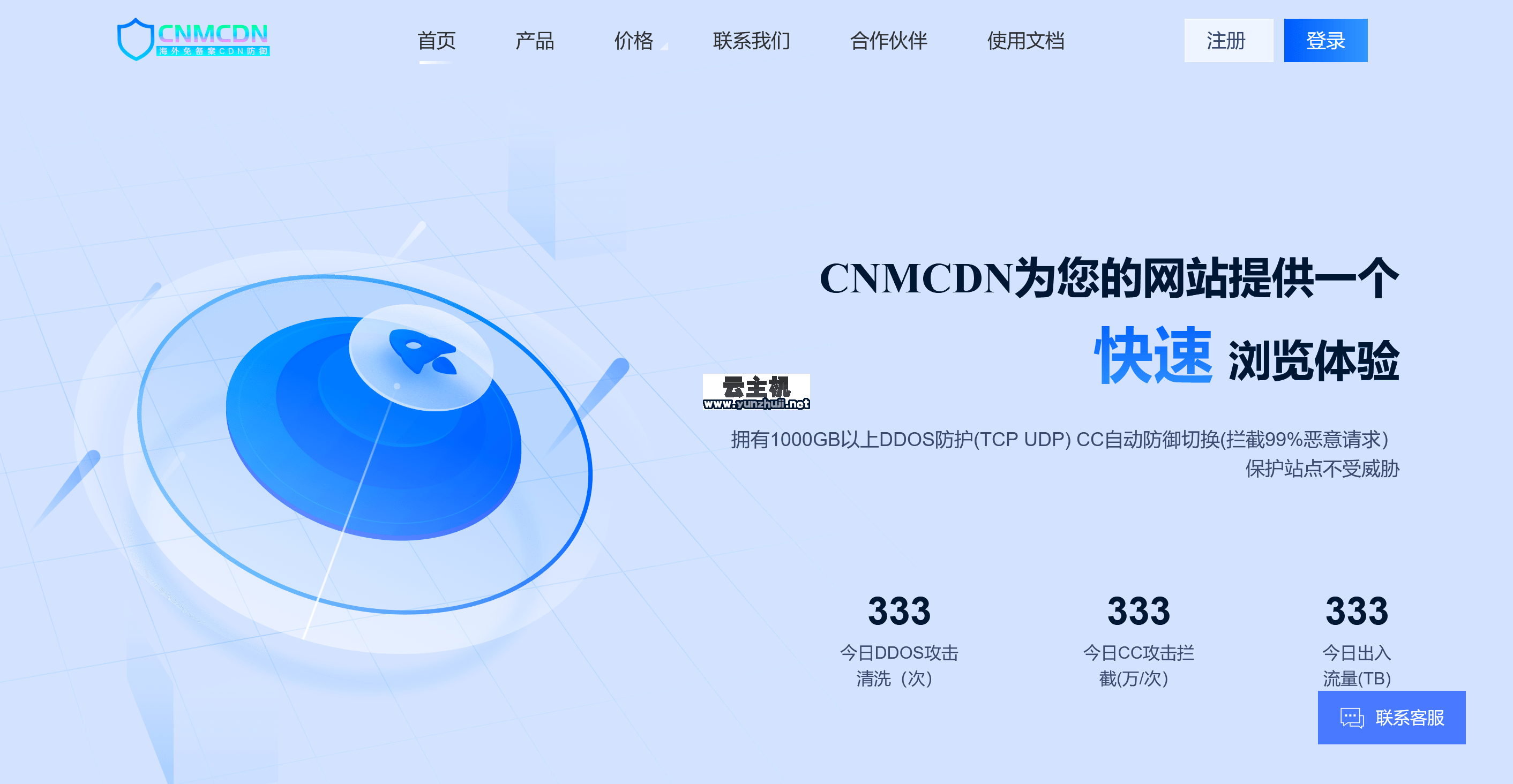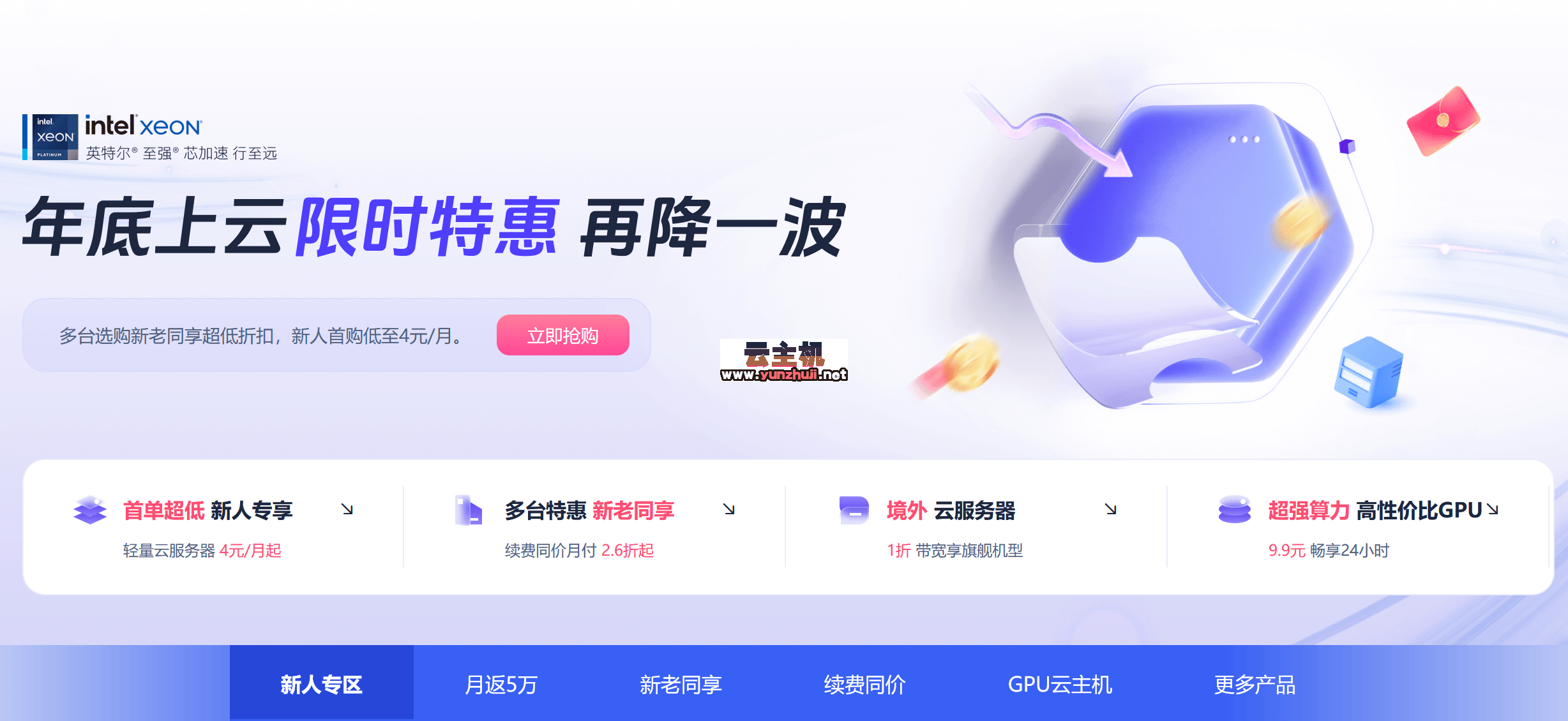在Android平台上实现搜索本地音乐的功能,需要经过几个步骤,包括扫描本地音频文件、创建数据模型、编写工具类来获取音频信息以及展示这些信息,以下是详细的实现方法:
创建数据模型
需要创建一个JavaBean类来存储扫描到的音频文件的信息,这个类可以包含歌曲名、歌手、路径、时长和大小等属性。
public class Song {
/**
* 歌手
*/
public String singer;
/**
* 歌曲名
*/
public String song;
/**
* 歌曲的地址
*/
public String path;
/**
* 歌曲长度
*/
public int duration;
/**
* 歌曲的大小
*/
public long size;
} 创建工具类来扫描本地音频文件
需要编写一个工具类,用于扫描设备上的所有音频文件,并将它们存储在一个列表中,这个类可以使用MediaStore内容提供者来查询音频文件的信息。
import android.content.Context;
import android.database.Cursor;
import android.provider.MediaStore;
import java.util.ArrayList;
import java.util.List;
public class MusicUtils {
/**
* 扫描系统里面的音频文件,返回一个list集合
*/
public static List<Song> getMusicData(Context context) {
List<Song> list = new ArrayList<>();
Cursor cursor = context.getContentResolver().query(MediaStore.Audio.Media.EXTERNAL_CONTENT_URI, null, null, null, MediaStore.Audio.AudioColumns.IS_MUSIC);
if (cursor != null) {
while (cursor.moveToNext()) {
Song song = new Song();
song.song = cursor.getString(cursor.getColumnIndexOrThrow(MediaStore.Audio.Media.DISPLAY_NAME));
song.singer = cursor.getString(cursor.getColumnIndexOrThrow(MediaStore.Audio.Media.ARTIST));
song.path = cursor.getString(cursor.getColumnIndexOrThrow(MediaStore.Audio.Media.DATA));
song.duration = cursor.getInt(cursor.getColumnIndexOrThrow(MediaStore.Audio.Media.DURATION));
song.size = cursor.getLong(cursor.getColumnIndexOrThrow(MediaStore.Audio.Media.SIZE));
if (song.size > 1000 * 800) {
list.add(song);
}
}
cursor.close();
}
return list;
}
} 添加必要的权限
为了能够读取设备上的文件,需要在AndroidManifest.xml文件中添加以下权限:
<uses-permission android:name="android.permission.READ_EXTERNAL_STORAGE"/> <uses-permission android:name="android.permission.WRITE_EXTERNAL_STORAGE"/>
对于Android 6.0及以上版本,还需要动态请求权限:
private void checkPermission() {
if (Build.VERSION.SDK_INT >= Build.VERSION_CODES.M) {
if (checkSelfPermission(Manifest.permission.READ_EXTERNAL_STORAGE) != PackageManager.PERMISSION_GRANTED) {
requestPermissions(new String[]{Manifest.permission.READ_EXTERNAL_STORAGE}, 1);
}
if (checkSelfPermission(Manifest.permission.WRITE_EXTERNAL_STORAGE) != PackageManager.PERMISSION_GRANTED) {
requestPermissions(new String[]{Manifest.permission.WRITE_EXTERNAL_STORAGE}, 2);
}
}
} 编写布局文件和活动代码
需要编写布局文件和活动代码来展示扫描到的音乐列表,这里使用ListView来展示数据。
activity_main.xml:
<?xml version="1.0" encoding="utf-8"?>
<RelativeLayout xmlns:android="http://schemas.android.com/apm/res/android"
android:layout_width="match_parent"
android:layout_height="match_parent">
<TextView
android:id="@+id/main_textview"
android:layout_width="match_parent"
android:layout_height="40dp"
android:gravity="center"
android:text="我的音乐" />
<ListView
android:id="@+id/main_listview"
android:layout_below="@id/main_textview"
android:layout_width="match_parent"
android:layout_height="match_parent" />
</RelativeLayout> MainActivity.java:
import android.os.Bundle;
import android.widget.ListView;
import androidx.appcompat.app.AppCompatActivity;
import java.util.List;
public class MainActivity extends AppCompatActivity {
@Override
protected void onCreate(Bundle savedInstanceState) {
super.onCreate(savedInstanceState);
setContentView(R.layout.activity_main);
ListView listView = findViewById(R.id.main_listview);
List<Song> songList = MusicUtils.getMusicData(this);
MyAdapter adapter = new MyAdapter(this, songList);
listView.setAdapter(adapter);
}
} MyAdapter.java:
import android.content.Context;
import android.view.LayoutInflater;
import android.view.View;
import android.view.ViewGroup;
import android.widget.BaseAdapter;
import android.widget.TextView;
import java.util.List;
public class MyAdapter extends BaseAdapter {
private Context context;
private List<Song> songList;
public MyAdapter(Context context, List<Song> songList) {
this.context = context;
this.songList = songList;
}
@Override
public int getCount() {
return songList.size();
}
@Override
public Object getItem(int position) {
return songList.get(position);
}
@Override
public long getItemId(int position) {
return position;
}
@Override
public View getView(int position, View convertView, ViewGroup parent) {
View view = LayoutInflater.from(context).inflate(R.layout.item_music, parent, false);
TextView songName = view.findViewById(R.id.song_name);
TextView artistName = view.findViewById(R.id.artist_name);
Song song = songList.get(position);
songName.setText(song.song);
artistName.setText(song.singer);
return view;
}
} item_music.xml:
<?xml version="1.0" encoding="utf-8"?>
<LinearLayout xmlns:android="http://schemas.android.com/apm/res/android"
android:layout_width="match_parent"
android:layout_height="wrap_content"
android:orientation="horizontal"
android:padding="10dp">
<TextView
android:id="@+id/song_name"
android:layout_width="wrap_content"
android:layout_height="wrap_content"
android:text="Song Name" />
<TextView
android:id="@+id/artist_name"
android:layout_width="wrap_content"
android:layout_height="wrap_content"
android:layout_marginStart="10dp"
android:text="Artist Name" />
</LinearLayout> 通过以上步骤,可以实现一个简单的Android应用,用于搜索和展示设备上的本地音乐,这包括创建数据模型、编写工具类来扫描音频文件、添加必要的权限以及编写活动和适配器来展示数据,这种方法不仅适用于初学者学习Android开发,也可以作为更复杂音乐播放器应用的基础。
小伙伴们,上文介绍了“Android实现搜索本地音乐的方法”的内容,你了解清楚吗?希望对你有所帮助,任何问题可以给我留言,让我们下期再见吧。

 云主机测评网
云主机测评网











最新评论
本站CDN与莫名CDN同款、亚太CDN、速度还不错,值得推荐。
感谢推荐我们公司产品、有什么活动会第一时间公布!
我在用这类站群服务器、还可以. 用很多年了。